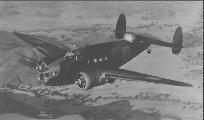
The first of many. N7205 on the test flight in Burbank, California. The turret is a mock-up; armament was not generally installed until the Hudsons reached England.
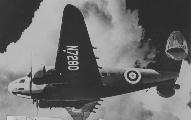
N7280 on a test flight prior to delivery to England. She would later join No 224 Sqdn., and survived the war to be Struck Off Charge in June, 1945.
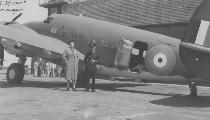
A Hudson IV or V at the Stanley Flying Training School (sic) in Stanley, Novia Scotia. This school was part of the British Commonwealth Air Training Plan, which trained pilots and aircrew for the RAF and Commonwealth Air Forces. Note the frame of the retractable ventral gun position visible through the open entryway. The use of Orthochromatic film makes the red middle of the roundel appear darker than the blue and yellow rings.
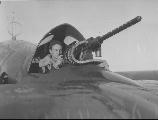
Though the Hudson was manufactured in the US, her armament, particularly her Boulton-Paul turret, was manufactured in Great Britain. When the USAAF impressed a number of Hudsons into service after the US entered the war in December of 1941, the lack of turrets led to an improvised air shield being fitted to the turret opening, along with a single .50 caliber machine gun on a flexible mount. Even with the shield in place, extended patrols in the cold winter months must have caused the dorsal gunner considerable discomfort!

A nice color shot of a Hudson Mk III in flight. No unit markings are evident, and it is unclear if this is an aircraft impressed by the USAAF follwing the declaration of war in December 1941, or one of the Hudsons destined to serve with VP-82 on Atlantic patrols. Note that the colors are Lockheed's interpretation of RAF camouflage colors, and thus tended to vary slightly from "official" RAF colors.
|
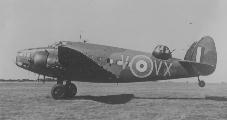
"V for Victor" of No 206th Sqdn, RAF. Both take-offs and landings were best executed "tail-high". A three-point take-off or landing could quickly turn into a ground loop.
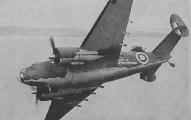
Named "Spirit of Lockheed-Vega Employees", this Hudson IIIA serial T9465 was a presentation aircraft, built by factory employees who donated their spare time to produce the aircraft out of parts donated by Lockheed. Officially presented to the British people on Christmas Day, 1940, "Spirit" was ferried across the Atlantic, one of thousands of planes to make the trip, and assigned to No. 269 Sqdn RAF in May, 1941. "Spirit" was later detached along with several other 269th machines to fly anti-submarine patrols out of Kaldadarnes in Iceland. Late in 1942, bad weather forced "Spirit" into a crash landing. After she was repaired "Spirit" joined 161 Sqdn at Tempsford, one of the "Special Duties" squadrons that flew agents and supplies in and out of Occupied Europe. She flew just one mission with her new unit before she was struck off charge in July when another aircraft collided with her while landing.
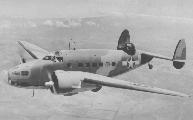
The red surround to the "Stars and Bars" indicates this photo was probably taken in the summer of 1943. The red surround was quickly changed to blue as nervous pilots and gunners in the Pacific had a tendency to shoot at anything that had even a hint of red to it.
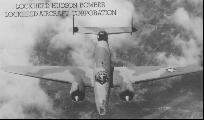
Another shot of a Hudson in US markings, either the same aircraft or a similar one to that pictured on the left. Clearly shown is the "Scheme B" camouflage pattern (the Scheme A was a mirrored version of this.)
|